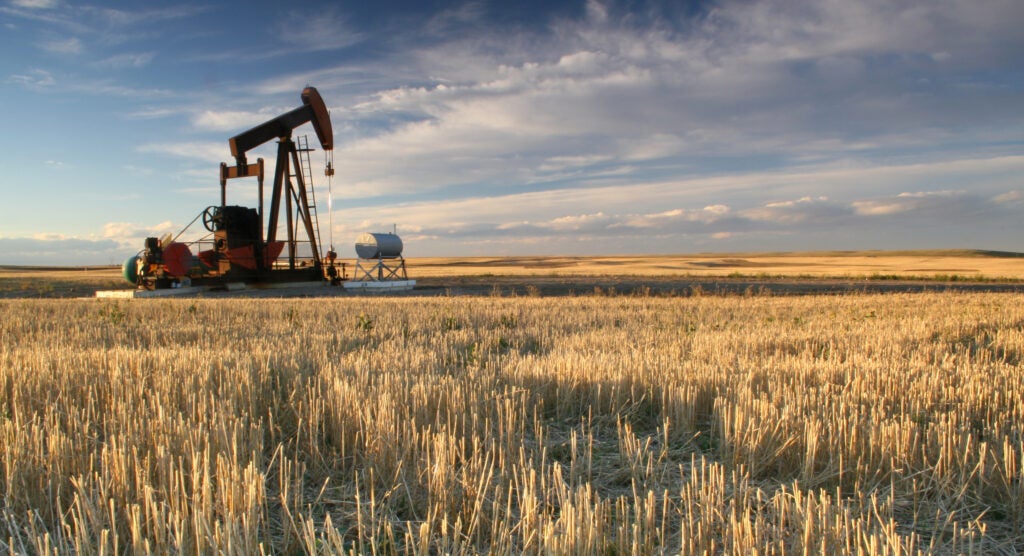By Ari Pottens and Scott Seymour
Canada recently released its latest estimate of greenhouse gas emissions which, for the very first time, includes atmospheric measurements of methane emissions taken from oil and gas facilities.
Methane is a powerful greenhouse gas that’s causing approximately one-third of current global warming we are experiencing today and the oil and gas industry is a key source of methane pollution. Canada made a commitment to reduce 75% of the industry’s emissions, but until recently these emissions were either self-reported by the industry or estimated by the government, often based on desktop calculations rather than measurements. With its latest inventory, however, Canada is signaling to the world that accurate measurements are essential to understanding and cutting greenhouse gas pollution.
National inventories often rely on emission estimates based on simulations or a limited set of, often outdated, emission measurements. It is then assumed that these typical emissions can be applied to all such equipment types across the industry. Unfortunately, a litany of recent research has revealed that this method of calculating emissions significantly underestimates the total.
So what’s changed?
With its most recent inventory, Canada integrated atmospheric measurements for sources where underestimating has been especially problematic: liquid storage tanks, compressor buildings, unlit flares, heavy oil site venting and wellheads.
With these new methods, Canada now estimates that over the course of the past decade oil and gas methane emissions have been much higher than previously thought — roughly 26% higher in Alberta, 25% in British Columbia and 54% in Saskatchewan.
The good news is that by integrating direct measurement data, Canada has increased the accuracy and reliability of its greenhouse gas inventory and can better understand which emission sources must be mitigated to reach its ambitious climate objectives. The more sobering news is that the extent and urgency of the methane problem are much greater than acknowledged to date, but there’s still time to act.
Canadian leadership has shown the world that it’s possible to more accurately measure methane emissions and now it’s up to other governments to improve the accuracy of their own inventories.
Canada’s improvements are a strong step in the right direction, and the availability of empirical data is poised to continue advancing. The advent of satellites, such as MethaneSAT, and other new technology for site-level measurement/monitoring, will provide more data to accurately and directly measure methane emissions. MethaneSAT data will help regulators and oil and gas companies identify, manage and reduce emissions, it will improve emission estimation and allow investors, gas buyers and the public to consider where they are sourcing their energy. Canada’s adoption of atmospheric measurements can help us start a new era for how we understand and manage our methane emissions and provide additional momentum for bold regulatory action at the federal and provincial levels.



